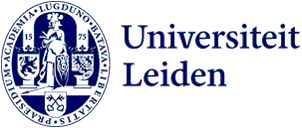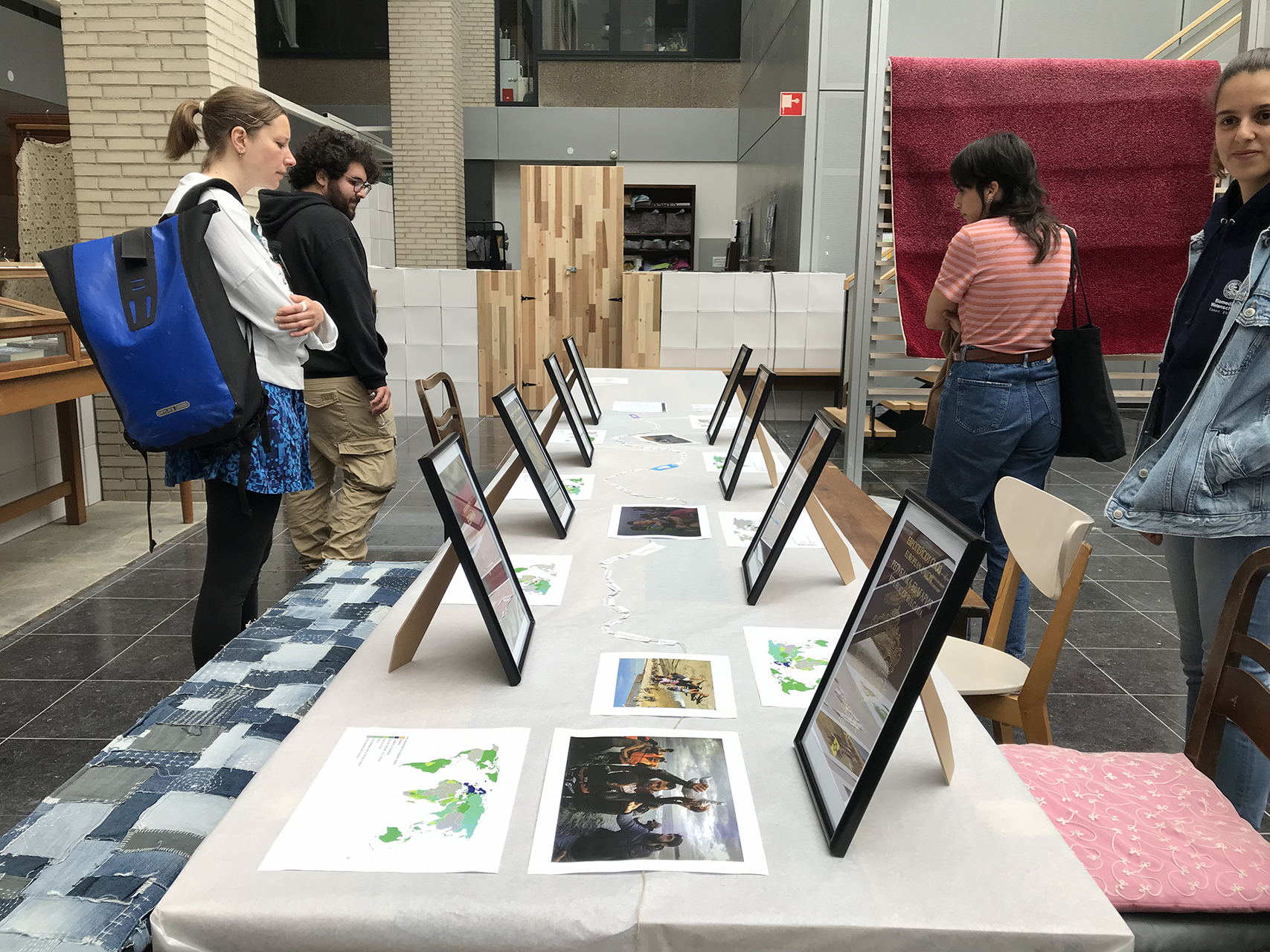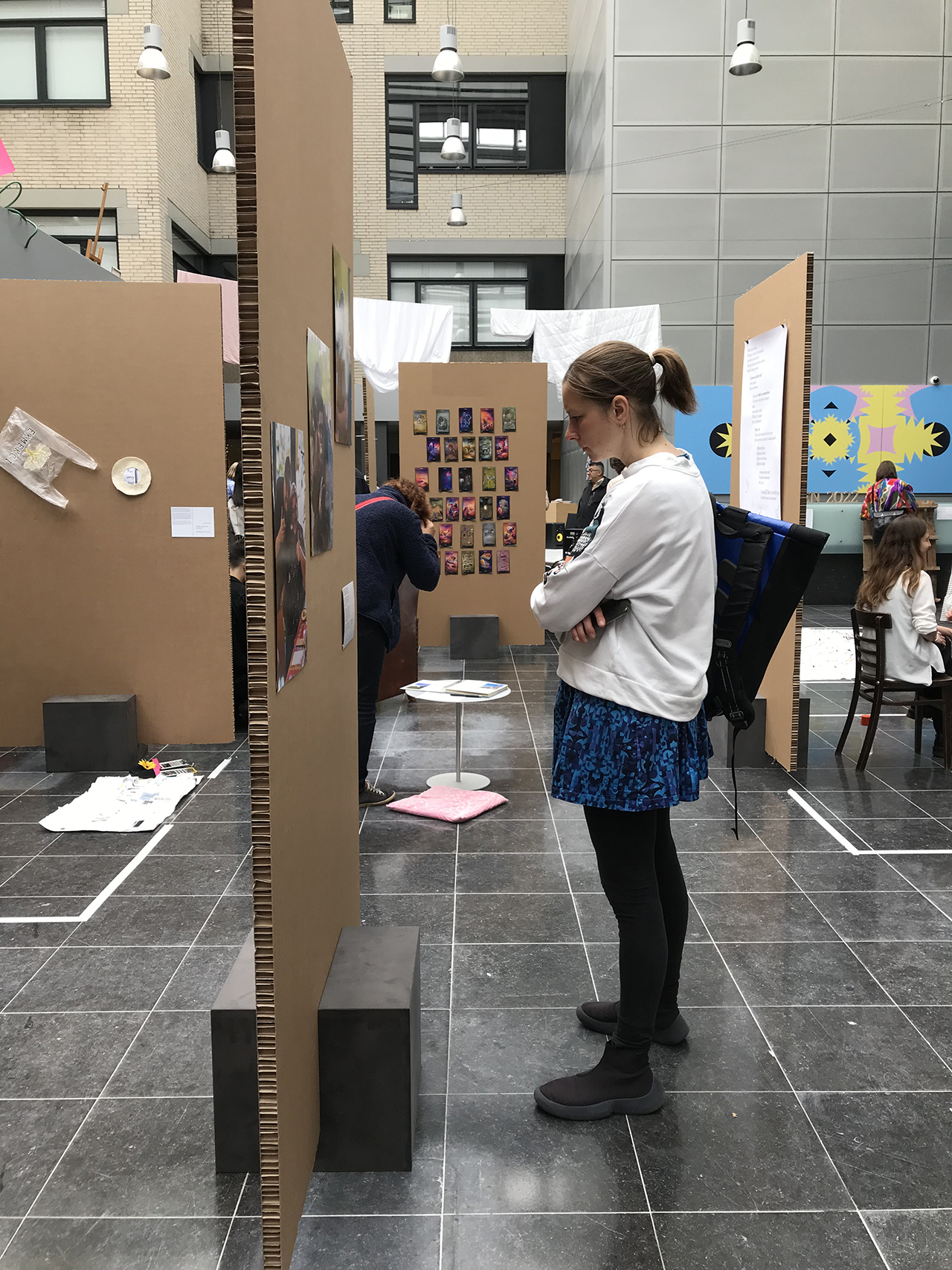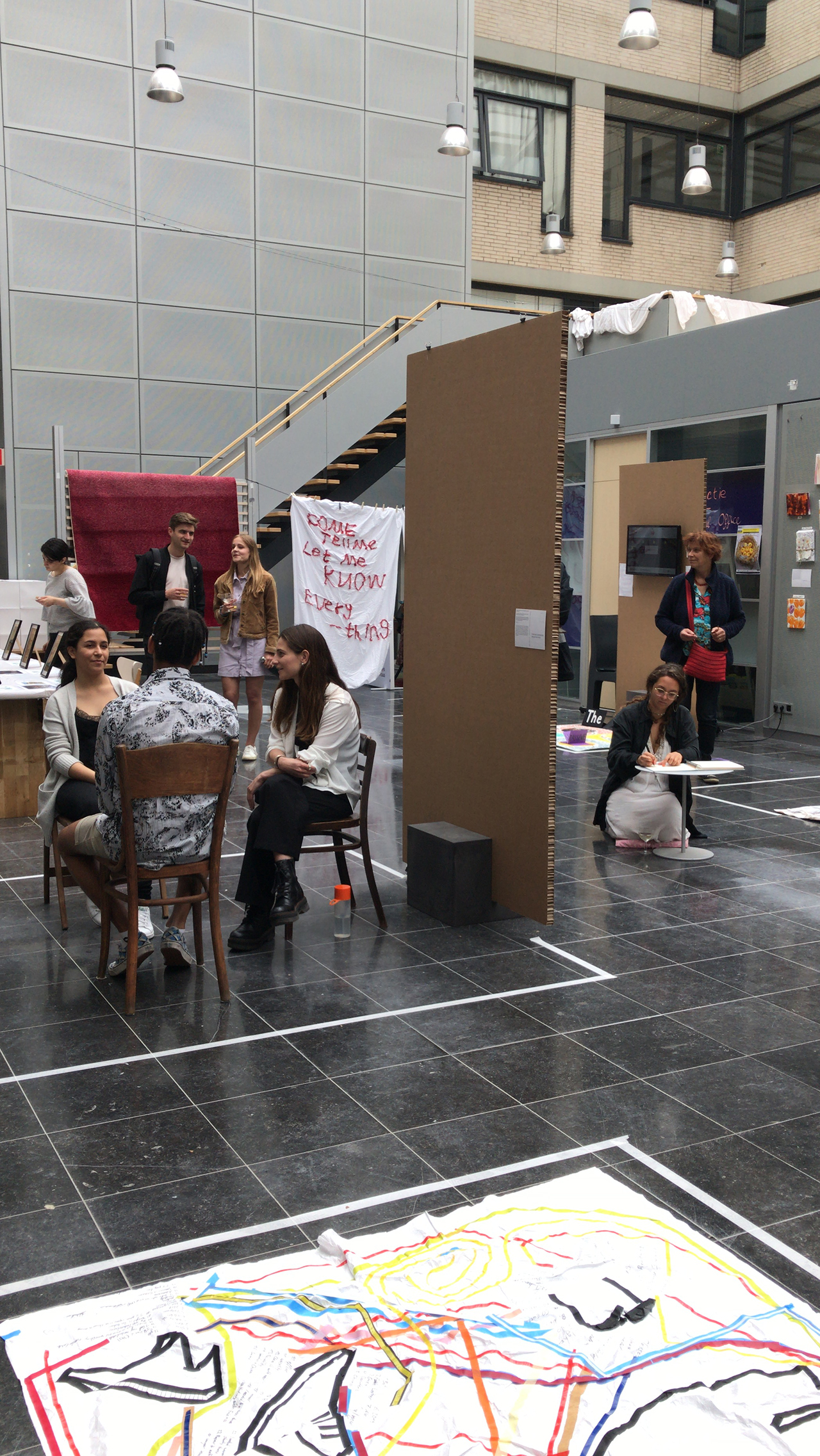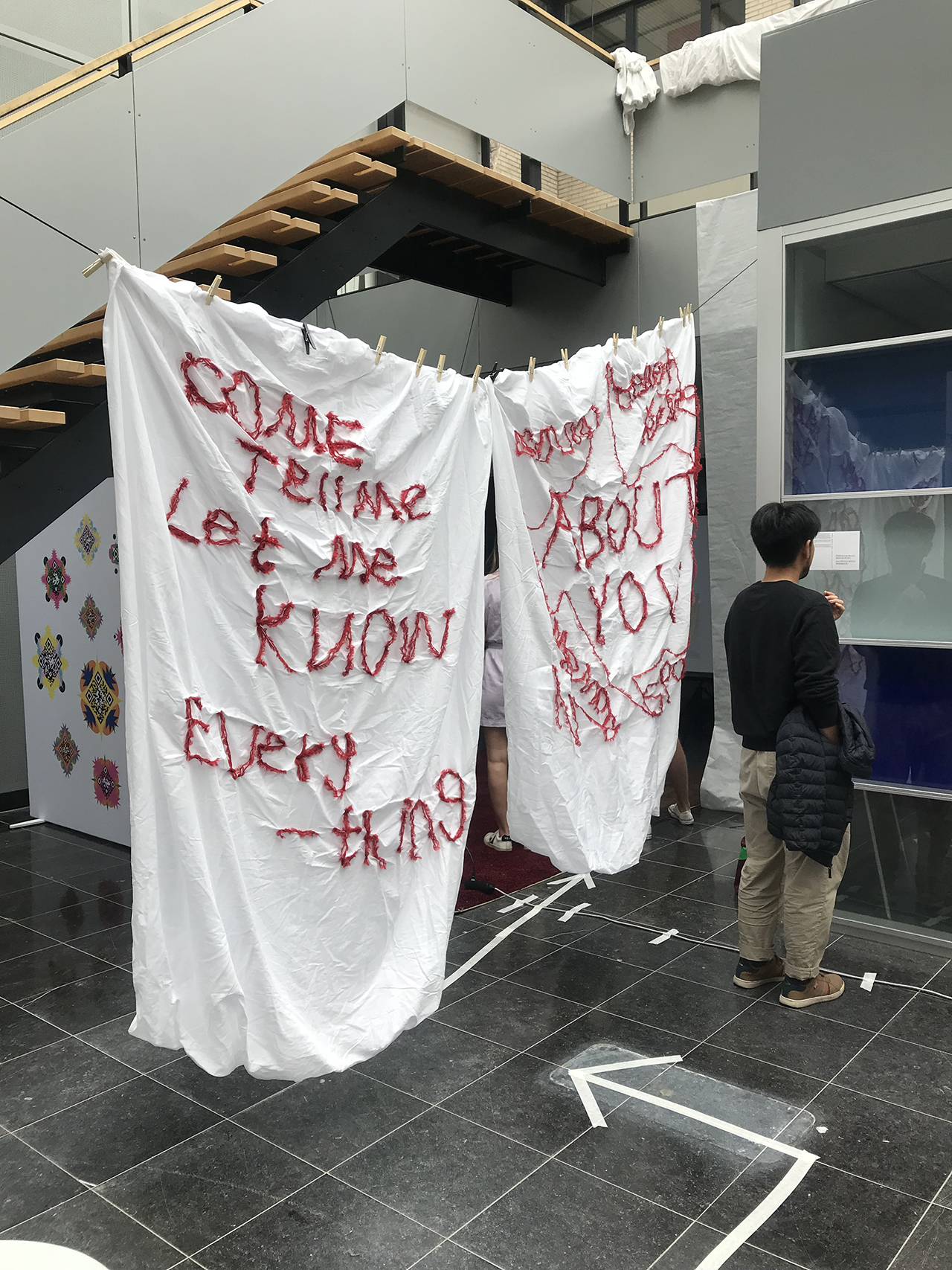
Honours students mount an exhibition on ‘the other’
Master’s students in the Honours Class ‘Leiden, City of Refugees?’ were asked to contemplate the concept of ‘the other’ from both an academic and an artistic perspective. The result was the exhibition ‘The Invitation’ which was presented at Stadsbauhaus on 4 June.
Students from all faculties can participate in the Honours Class, says Professor of Law and Society Maartje van der Woude: ‘The idea of the course is to take a critical look at the city of Leiden. The city’s slogan is “Leiden, city of refugees”, but when you look at the inner city, you see that it is fairly homogenous. In the Honours Class, the students go into the neighbourhoods around the city centre to talk about themes such as inclusion and exclusion, diversity and racism.’
Artistic perspective
During the course, Van der Woude emphasised the importance of the artistic perspective. ‘I believe that many migration-related issues are so complex that it is beneficial to offer a different perspective.’ Alongside academic lectures, the course also included art workshops in which students worked together with artists.
The students themselves had to decide who ‘the other’ was. ‘They could approach it entirely from their own viewpoint, or they could let themselves be influenced by what they heard during the interviews they did in the neighbourhoods.’
Students reflect on how they relate to ‘the other’ throughout the course. Van der Woude: ‘A student came up to me after the last lecture and said: “I’ve started to look at my own neighbourhood in a totally different way. I see how different people interact with each other and how I feel in my own neighbourhood.” That’s when I felt like the course had been a success.’
The artistic part of the course was organised by artist Anne Schaarschmidt and research and teaching assistant Anne Jonker. Based on their own fieldwork, students had to extend an invitation to an ‘other’ of their own choosing. This invitation could consist of elements such as an installation, music, performance art or a poem.
During the workshops, a range of artists explained how to carry out artistic research. Schaarschmidt: ‘You learn to observe in a different way, so you can do research in a different way. Except for a few, the students usually have no artistic background. We try to instil that in them. But since it’s an honours course, you have to go the extra mile.’
Student
One participating student was Ismini Kyritsis. ‘I myself am seen as “the other” in the Netherlands because I come from a foreign country’, she says. ‘I wanted to find out what the effect of othering is on our daily lives. I also wanted to learn more about the city of Leiden and the diversity of its inhabitants.’
Kyritsis lives in the city centre and the course taught her a lot about the diversity in various neighbourhoods of Leiden. For example, she conducted street interviews in De Mors. ‘That neighbourhood is close to the city centre, but I saw an enormous difference in the people and the atmosphere.’ The combination of research and artistic practice also appealed to Kyritsis.
Kyritsis previously attended drama school and worked in a theatre, experience she used in her work for the exhibition. ‘The workshops and lectures were very helpful. They helped to guide our research and artistic expression. I chose to create a participatory performance. Two visitors to the exhibition had to sit opposite each other and describe the other in a simple sentence. They then had to repeat that sentence, in their own language, for minutes on end. By doing this I wanted to prove that communication, empathy and connection are not necessarily connected to verbal communication.’
Next steps
So far, the exhibition was only on view on 4 June in Stadsbouwhuis, which has been renamed Stadsbauhaus for Leiden2022. Van der Woude: ‘We are not ruling out the possibility that the exhibition will soon find a place somewhere in the University buildings. I think that would be justified, considering all the work that the students have put into this.’
